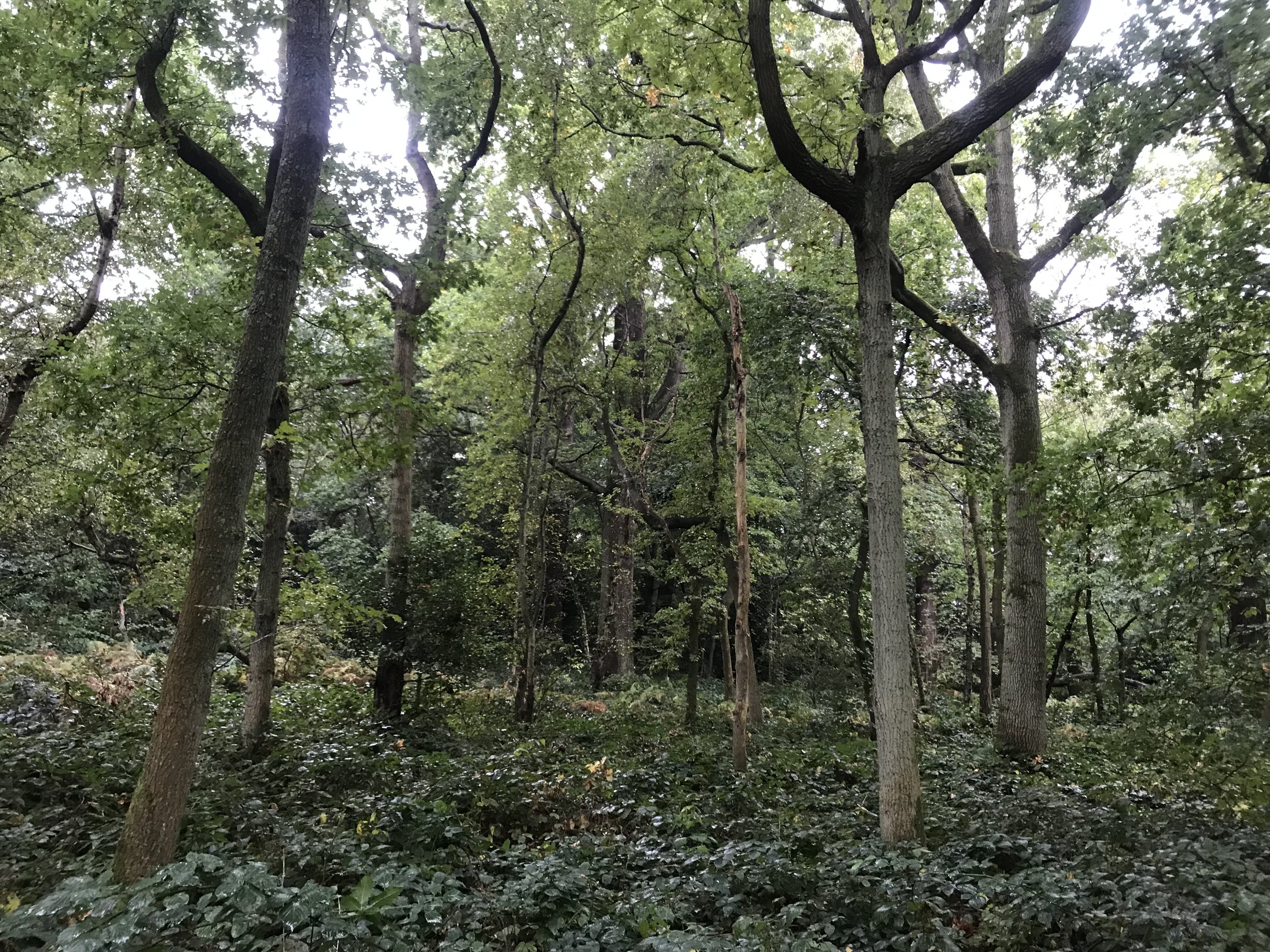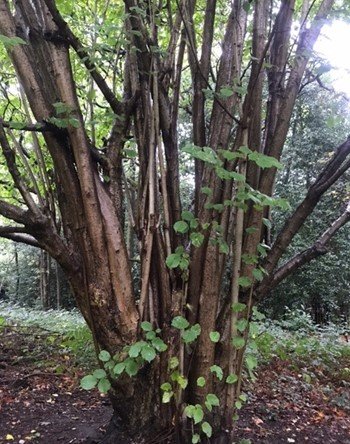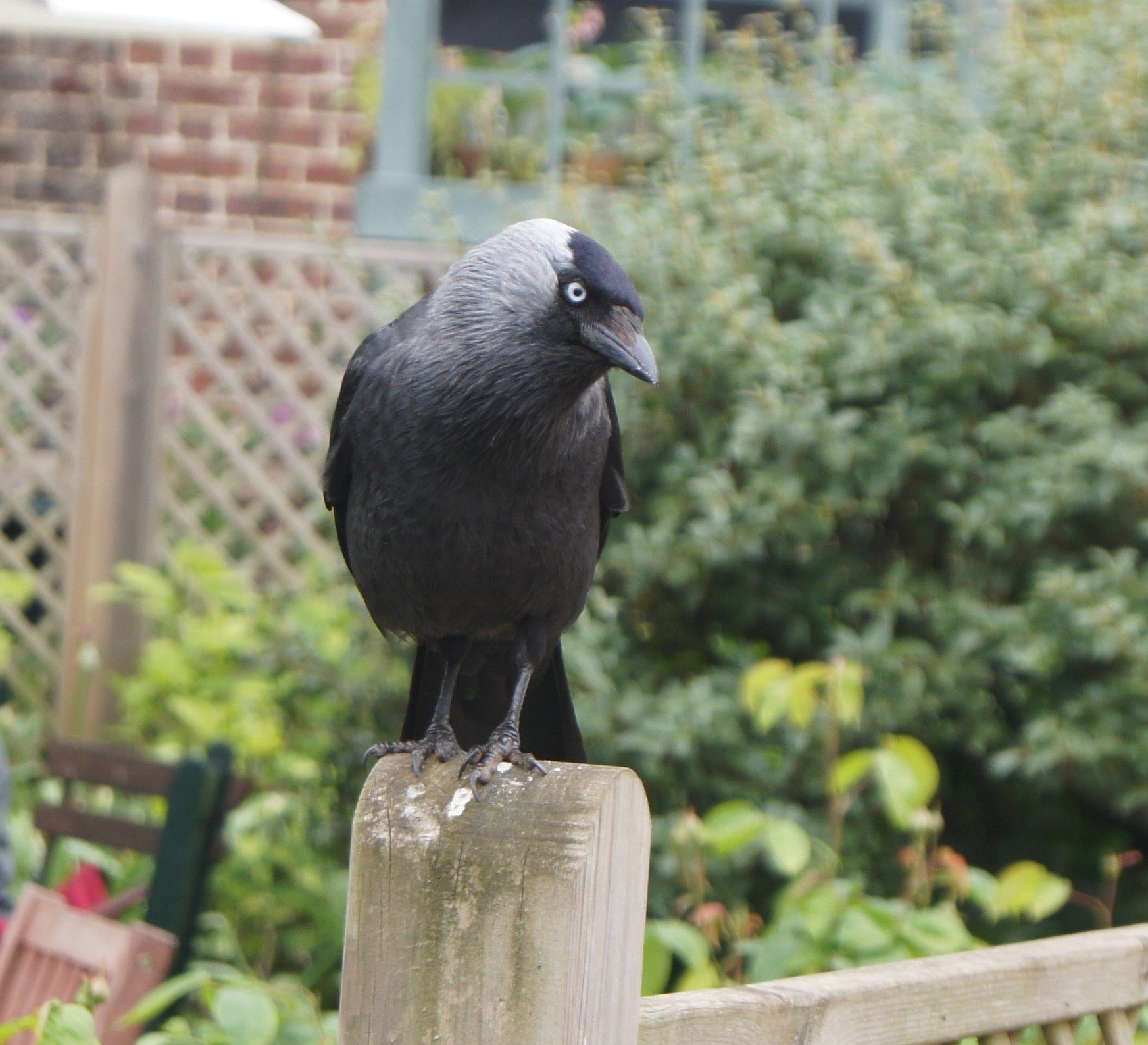Ken Wood or Kenwood?
Find out more about Ken Wood - the ancient woodland at the southern end of the Kenwood Estate from our session leader, Molly.
‘Ken Wood’, is (slightly confusingly) situated within ‘Kenwood Estate’. So, when I mention Ken Wood, I am referring, in this instance, to the area of ancient woodland south of the two ponds rather than Kenwood Estate more broadly. Today Kenwood and therefore Ken Wood, are both managed by English Heritage with help from many volunteers, including Heath Hands.
Map of the Kenwood Estate - Ken Wood situated at the Southern end.
Kenwood Estate is a designed landscape, where nature has been carefully moulded to aesthetic effect. Ken Wood, however, has remained wooded and around the same size for centuries. This patch of ancient woodland was awarded SSSI status (Site of Special Scientific Interest) in 1975, largely for its standing deadwood, which supports an array of fungi, invertebrates, and nesting birds.
Ken Wood is a remnant of the Forest of Middlesex, an ancient woodland that once stretched 20 miles north of the City of London (Highgate Wood and Queen’s Wood are also remnants). During the Reformation, Ken wood was taken into Royal possession and became part of Henry VIII’s vast hunting grounds. Throughout the 17th century much of the woodland was cleared, creating space for the new Kenwood House and its formal gardens. However, the area of ‘Ken Wood’, as we know it today, remained.
The first known map depicting the Kenwood Estate (1746), clearly marks Ken Wood, with wide rides running throughout. Today, many paths meander through the wood, often leaving walkers feeling slightly disorientated. These routes are fenced to prevent the woodland habitat from being disturbed by people and dogs.
Extract from John Roque’s map of 1746: ‘An Exact Survey of the Citys of London, Westminster, ye Borough of Southwark, and the Country near Ten Miles round’. © British Library.
The wood’s canopy is largely composed of Sessile Oak, Beech and Hornbeam. Throughout the understorey you’ll find species like Hazel, Rowan, Silver Birch, and lots of Holly.
Ken Wood is home to a large population of Jackdaws, a smaller relative of the Carrion Crow, recognisable by their silvery eyes. Over 25 pairs are recorded to be nesting here. Also keep an eye out for Stock Doves, a species of wild pigeon that nests in deep woodland. They have a glistening rainbow patch across their neck and can be distinguished from the more common Wood Pigeon by their lack of white colouring.
Several historical features remain throughout the wood. The clearing on top of the hill is known as the Duelling Ground. Disappointingly, we have no evidence to confirm whether any duels took place on this site. Hampstead Heath was, however, notorious for duelling. Being away from the restraints of the city, remote, but with good connections to make a quick getaway, the Heath was an ideal duelling spot.
The Duelling Ground
When to Visit
Visit in the spring to see Kestrels begin nesting in tree hollows or go for an autumnal walk to spot some of Ken Wood’s interesting fungi.
Check out our upcoming walks to discover more about our green spaces - we run regular walks around the Kenwood area.
Visit Kenwood House to learn more about its rich history or find out more our website.









